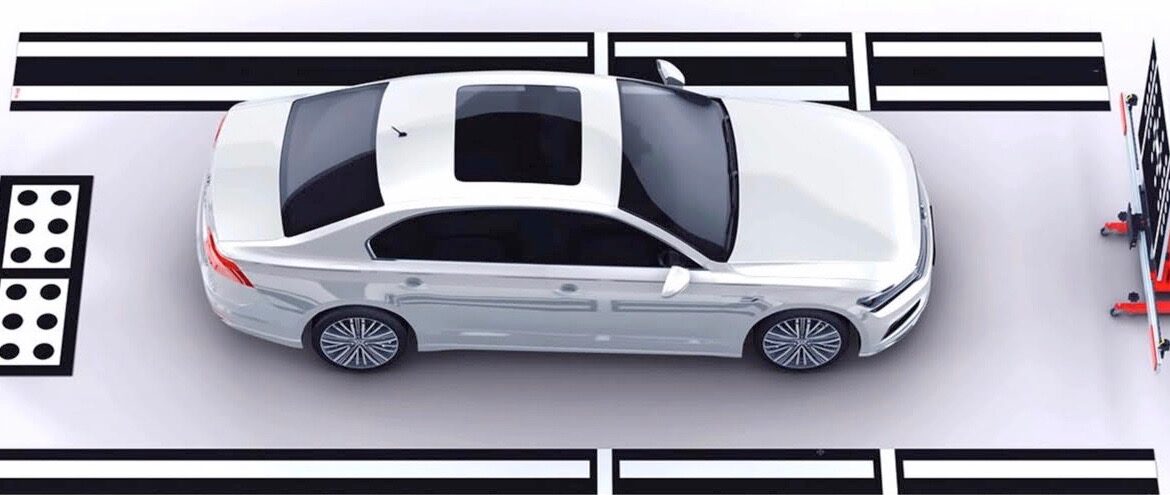If you’re reading this, chances are you’re wondering what does an ADAS calibration mean on your auto body repair estimate? Whether you just got your car repaired or it’s been years for you, chances are car repair has changed even from that time. In fact, the past decade of car repair has had more changes than in over 20 years. We at Cherry Hill Collision are here to tell New Jersey drivers what ADAS calibration means and why it’s important for your car repair.
What Is ADAS?
Most cars manufactured today come standard with some type of ADAS technology built-in. In case you didn’t know, ADAS stands for Advanced Driver Assistance Systems. These are the latest technologies built into your car and designed for enhanced driver safety.
Some of the most common ADAS systems you’ll see in vehicles are the following:
- Blindspot detection
- Forward collision warning
- Lane departure warning
- Adaptive cruise control
- Emergency braking
The ADAS system’s in today’s advanced vehicles are made up of a complex network of sensors that only the best technicians can properly repair and recalibrate. The most common of these sensors are ultrasonic, camera, and radar. These sensors are necessary for the ADAS safety features to properly operate to “see” what’s happening and view the surroundings as if they are a pair of eyes placed everywhere on the car.
Last year in 2018, the NHTSA made rearview cameras a requirement for all recent vehicles. Every year, Over 200 people are killed and over 14,000 peopled injured from rear related accidents. The integration of rearview cameras in most cars will hopefully lower this number.
What Is ADAS Calibration?
According to AAA, “an ADAS calibration is a process carried out to correctly align the cameras and sensors of a car so that its ADAS system can work as intended.” ADAS calibration requires specialized equipment and tools with technicians capable of adjusting or resetting these systems. They have received the training needed for performing these type of repairs. This is especially important for getting your car repaired in New Jersey since technicians aren’t required to have license to repair your car. You only want to take your car to be repaired somewhere that knows how to properly perform an ADAS calibration.
Something else you may not realize is that the position of these sensors is critical to how they perform. If the position of these cameras or sensors is altered in any way, calibration will be required. In fact, “…a sensor on the car that is out of alignment by a fraction of an inch or even one degree will be aimed at an area significantly off-axis 50 or more feet down the road.” (AAA)
In other words, if one of these sensors is a mere inch out of alignment, it will focus on an area at least 50 feet away and won’t be able to protect you with its designed advanced safety features. It’s pretty scary to think that a mere inch or degree can create a world of difference to what goes on inside your vehicle. Even a simple fender bender can put you at serious risk for being in another accident. You want to take your vehicle to a body shop that knows the importance of ADAS calibration.
Failure to properly calibrate a sensor can also cause the following:
- Increased steering effort
- Steering wheel vibration
- Vehicle steering pull
- Diagnostic trouble codes, commonly known as “DTC,” stored in the vehicle’s computer system.
What does ADAS Recalibration Involve?
Recalibrating an ADAS system most often requires that we bring your vehicle to the dealer to perform the re-calibration. It’s an extremely complex process, which is why every car manufacturer has their own methods. Some might even require that the vehicle have a full tank of gas, on level ground, and the sensors are aimed at recalibration targets.
This all happens while the system is being updated through a scanning device hooked to your vehicle’s OBD port and monitored by a certified technician, sometimes even remotely. It is a very precise and lengthy process that has to be performed or the vehicle will not only be unsafe but can cease to perform properly. Because we fix such a variety of vehicles, it is often best to have the dealer who specializes in just that one brand to recalibrate the vehicle and then we bring it back to the shop for your delivery.
When is an ADAS Calibration Needed?
An ADAS Calibration will be needed whenever any of the sensors on a vehicle are disrupted in any way. This can be from a fender bender, collision, or various service repairs. These repairs can include wheel alignment, windshield replacement, suspension repairs, change in tire size, and car roof repair.
Calibration is also necessary whenever a sensor or its mounting bracket is repaired in any way or when the front airbag deploys, deflecting off the front windshield. Lastly, ADAS calibration will be needed “when there is a related DTC in the car’s computer memory” or following any technical repair procedures laid out by a manufacturer. A DTC stands for Diagnostic Trouble Code and those are stored in the vehicle’s computer memory every time there is an issue with any of the ADAS systems.
Who in New Jersey Knows How To Perform An ADAS Calibration?
Here at Cherry Hill Collision, our team of technicians has been trained to accurately perform an ADAS calibration on any car that comes into our shop. We never cut corners in the repair process and only repair a car exactly as the manufacturer tells us to.
We know you have many choices on where to take your car to be repaired in New Jersey. Let us help you in your auto repair process! We can be reached at (856)-663-0500. If you’d like to schedule an appointment or to get an online quote, click here to get started!
We look forward to hearing from you and helping you in any of your auto repair needs!


